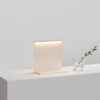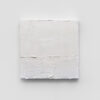Tomie Ohtake (1913 – 2015) was a Japanese artist whose minimalist paintings made her one of the main representatives of Abstract Art in Brazil.
Born in Kyoto, Japan in 1913, Ohtake’s artistic career did not begin until 1951, after she settled in São Paulo, Brazil. An originally planned visit to her brother in São Paulo turned into a permanent stay due to the outbreak of World War II. 1
Tomie Ohtake’s first paintings were made after her encounter with the Japanese painter Keisuke Sugano, who was traveling in Brazil in the 1950s.2 After an initial period of figurative painting in the 1950s, Ohtake turned to abstraction. Her explorations in this field led her to experiment with blindfolded eyes, among other techniques, in which she created intuitively and organically constructed works that became known as the “Blind Paintings” series.
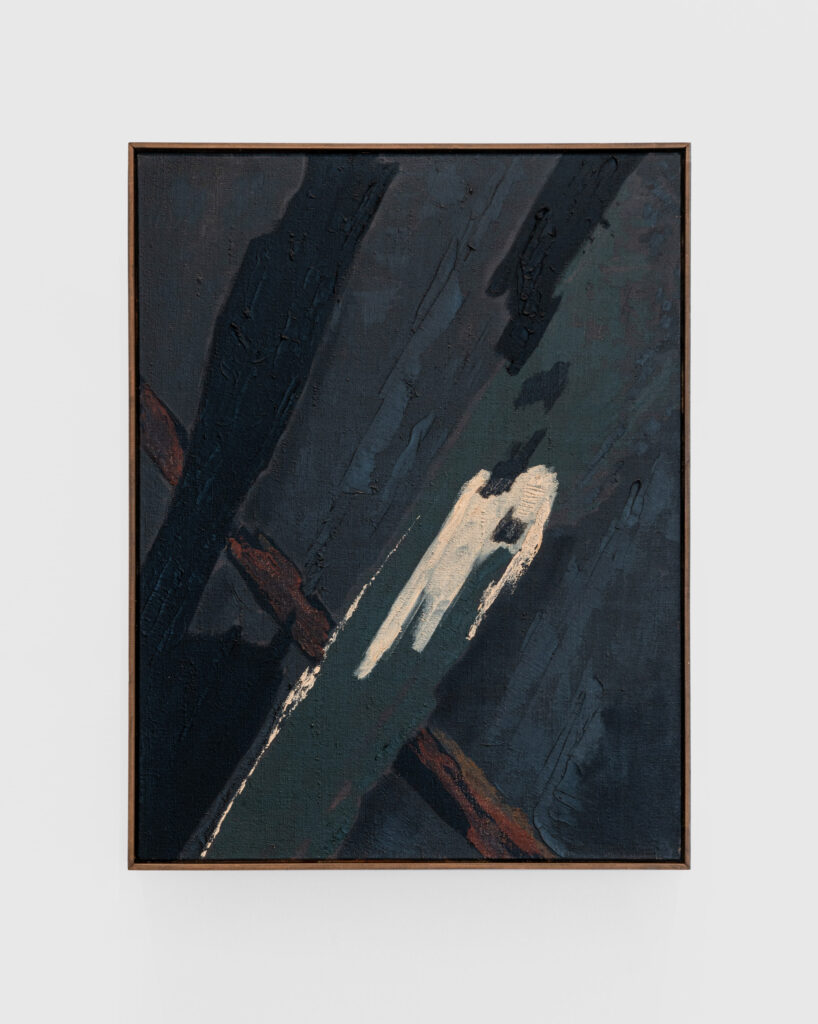
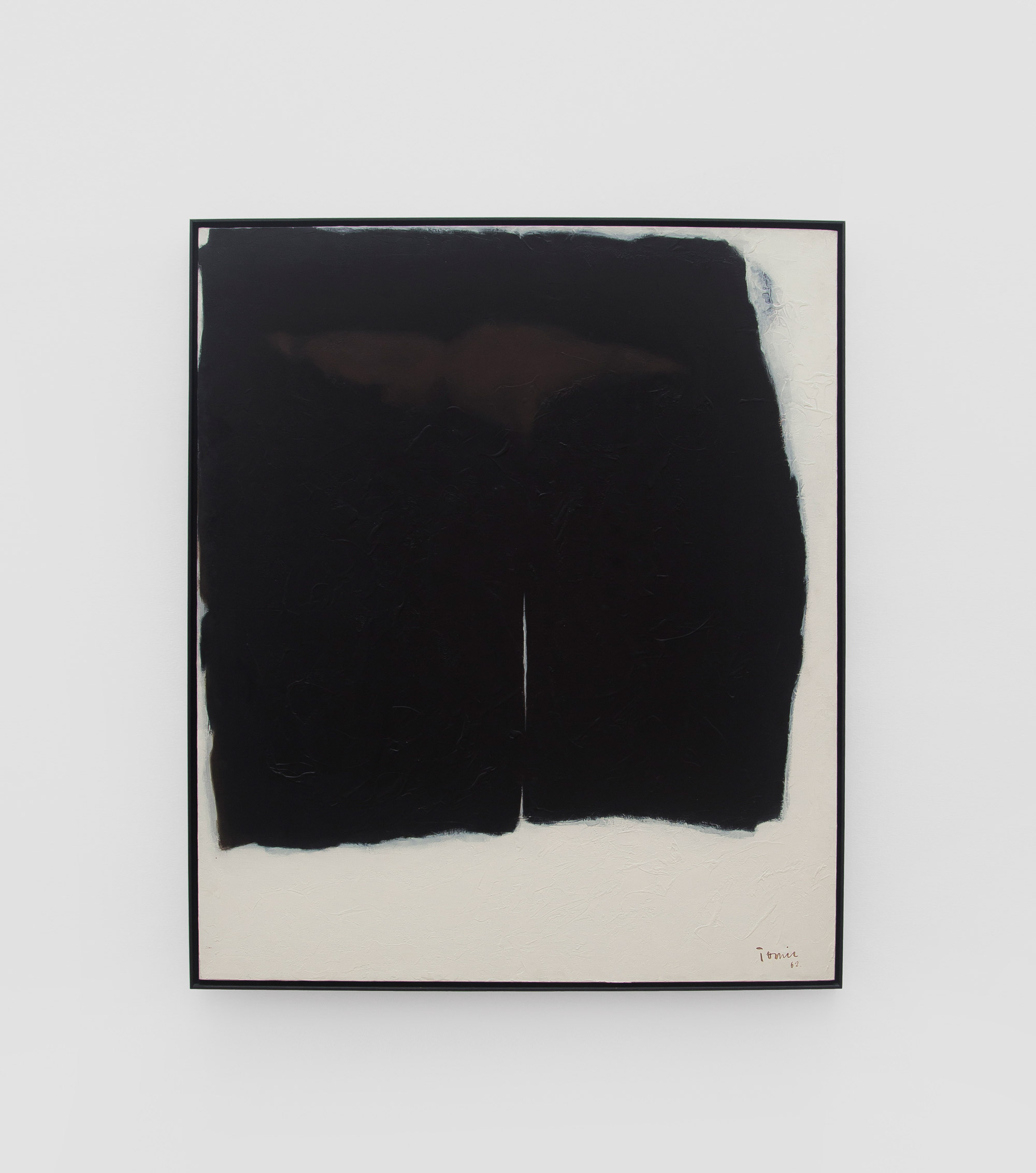
In the 1970s, Ohtake, always in search of new means of expression, expanded her repertoire to include sculpture. She realized a series of large-scale sculptural projects and public works that continue to characterize the cityscape of São Paulo today. Her sculptures show the same love of color and form as her paintings.
Ohtake was a tireless creator who worked into old age. She devoted her work to an ongoing exploration of color, form, and texture, employing methodical repetition and precision in her work to create abstract, curvilinear forms. Her fluid lines and forms were strongly reminiscent of Japanese tradition while exemplifying her desire to create art that did not necessarily conform to the manifestos or style rules of any particular group.
I don’t give titles to my work so that the person who sees it does not create a single meaning in their heads. The lack of titles allows people to use their own ideas.
Tomie Ohtake3
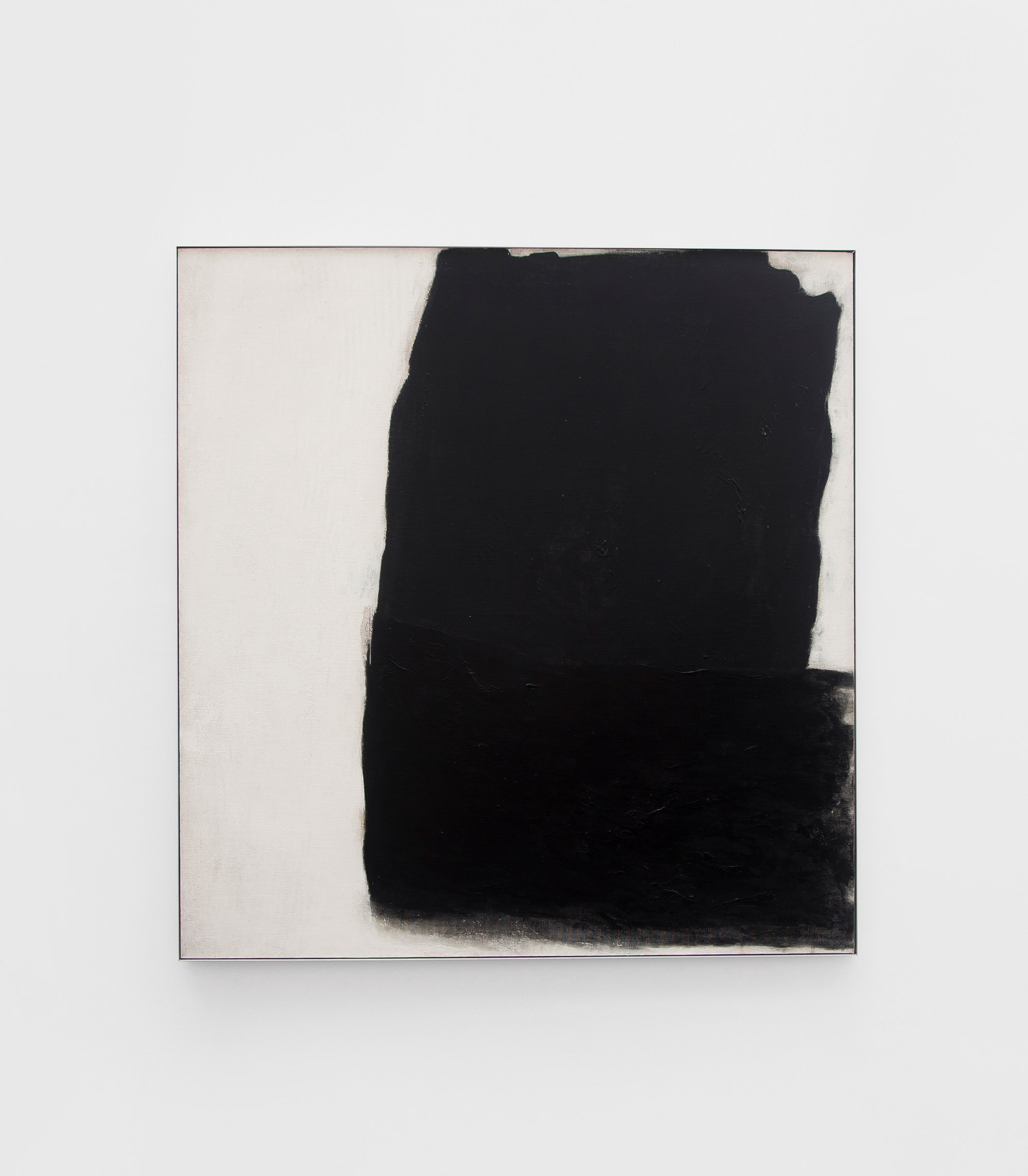
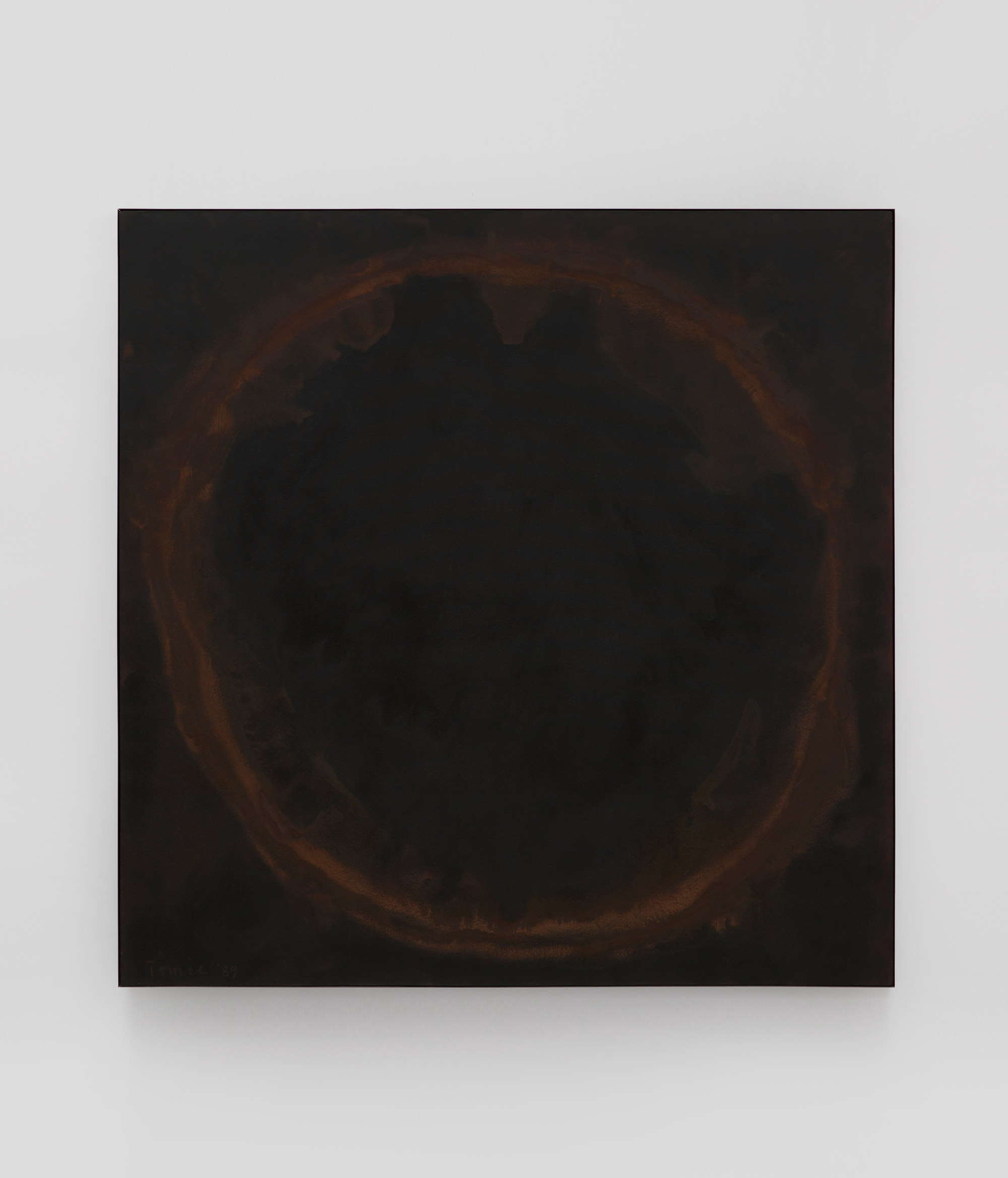
Tomie Ohtake died in 2015 at the age of 101. She leaves behind an unparalleled creative force, deeply rooted in abstraction but finding new and intriguing ways in virtually every form of expression. She left a lasting impression and made an invaluable contribution to the world of Abstract Art. In her works, she unfolded an experimental freedom that was always characterized by the search for ever-new ways of expression.
If you would like to learn more about the impressive work of the artist, I recommend the detailed documentation by the Nara Roesler Gallery.
Further Reading / Resources
1 https://www.wikiwand.com/en/Tomie%20Ohtake
2 https://nararoesler.art/usr/library/documents/main/artists/60/nara-roesler_tomie-ohtake_portfolio_en.pdf
3 https://www.institutotomieohtake.org.br/en/
https://nararoesler.art/en/artists/60-tomie-ohtake/
https://ocula.com/artists/tomie-ohtake/
